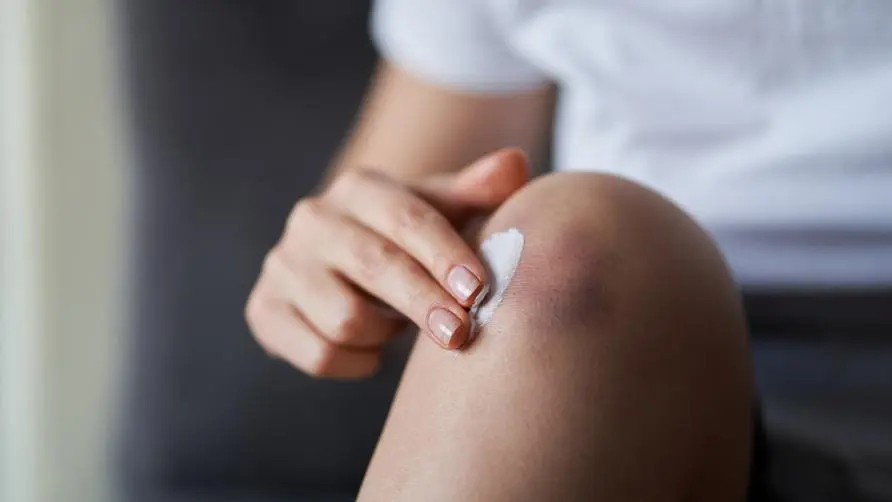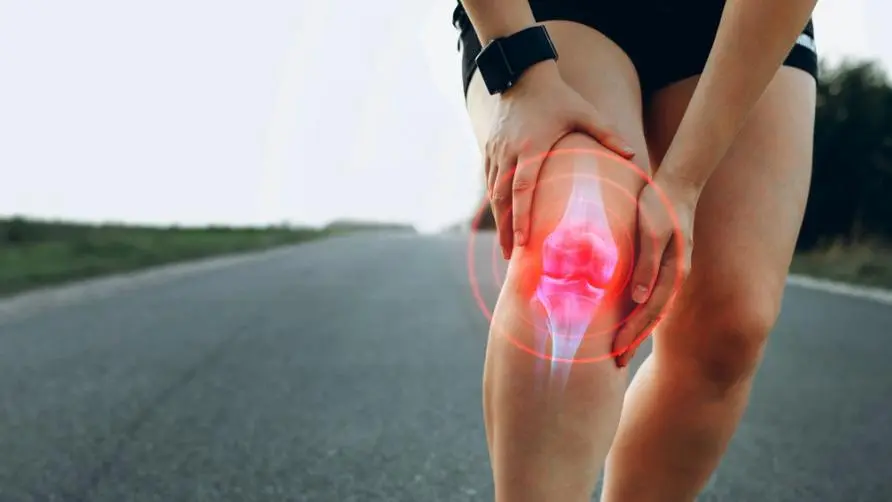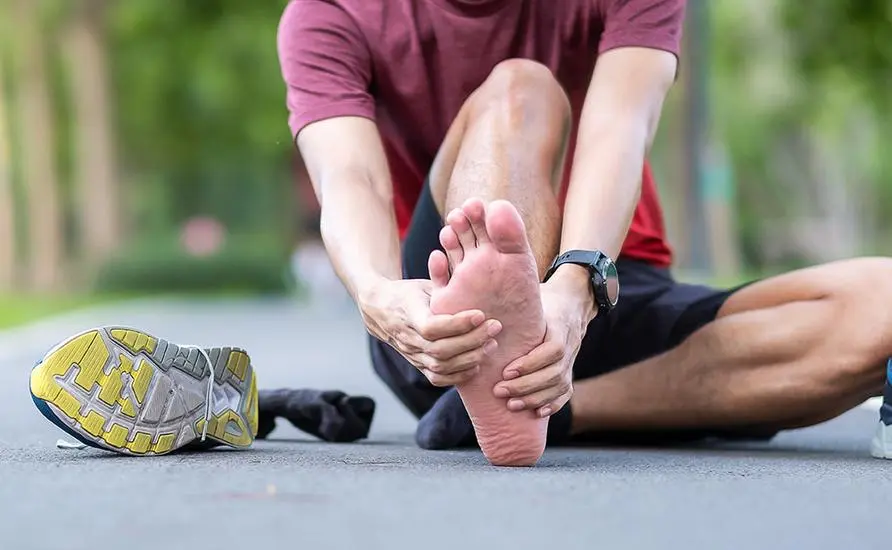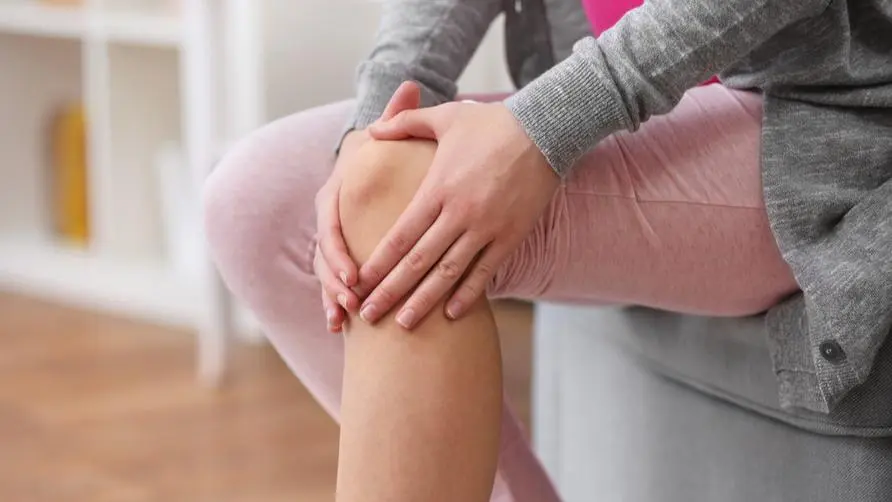There are many myths about protecting joints! Is glucosamine effective only if it is "rubbed"?

Joint pain myths busted! Should you avoid exercising and eating seafood if your joints are not good?
Joints are closely related to mobility. When walking, knee joints must bear 2-3 times the pressure of body weight, and certain postures are more likely to increase wear and tear. However, most people have myths about joint health and believe that only “excessive exercise” can cause joint pain.
Pharmacist Xie Weiling said that exercise intensity is not the key to the degree of joint wear and tear. Daily life activities such as walking up and down stairs, running, crossing one’s legs, kneeling, playing badminton, etc., although not high intensity, put considerable pressure on the knee joint. Performing such actions for a long time is more likely to cause joint pain.
In addition, many people directly associate joint pain with “eating seafood”. Pharmacist Xie Weiling pointed out that for people with high uric acid and poor kidney function, when they consume high-purine foods such as seafood, their metabolism cannot bear the load, which can easily lead to the accumulation of uric acid in the body, forming urate crystals and causing joint swelling.
Pharmacist Xie Weiling reminded that basically, only gout patients may cause joint pain due to ingesting a large amount of seafood. Most people do not need to worry about eating seafood when they are injured during sports.
Are glucosamine supplements effective? Is rubbed glucosamine absorbed faster?
Is glucosamine supplementation effective when you feel joint pain? Pharmacist Xie Weiling pointed out that glucosamine is actually an amino acid monosaccharide molecule produced by the human body. Most of it is found in cartilage tissue. It has the function of self-regeneration and has antioxidant and anti-inflammatory effects. With age or excessive joint wear and tear, the production rate of glucosamine in the body cannot keep up with the consumption, which may lead to insufficient glucosamine concentration in the joints and early onset of joint pain.
Should the average person choose “eating” glucosamine or “rubbed” glucosamine which is more effective? Pharmacist Xie Weiling said that after oral intake of glucosamine, it takes about 5-8 weeks to be stably converted into “glucosamine polysaccharide” (GAG) for use by joints in various parts.
Currently, there is a “rubbed” glucosamine product. Switzerland already has a product with a high concentration of “GAG” extracted directly from New Zealand green-edge mussels. It can be applied directly to the joints that need supplementation to instantly help soothe the body and speed up the sensation. .
Pharmacist Xie Weiling pointed out that the “rubbed” glucosamine is not only rich in GAG, but also saves the process of converting glucosamine into glucosamine polymer sugar. Combined with plant essential oils such as peppermint and capsaicin, it can help cool joints quickly or relax tight joint muscles to achieve an immediate soothing effect. When you need maintenance for joint discomfort, you can use rubbing glucosamine first, and then supplement it with oral glucosamine.
How to choose glucosamine? Is there a big difference in adding active ingredients?
There are many types of glucosamine, how to choose? Pharmacist Xie Weiling explained that edible glucosamine can be divided into three categories: “salt-free”, “hydrochloride” and “sulfate”. Currently, only sulfate glucosamine is classified as pharmaceutical grade. Glucosamine free of salt and hydrochloride is food grade. There is no significant difference in the degree of absorption between the three, but the solubility of the “salt base” used in the product will affect the body’s gastrointestinal absorption rate. Therefore supplement effects may vary from person to person.
Pharmacist Xie Weiling said that under normal circumstances, glucosamine sulfate will be given priority. However, food-grade glucosamine will add various active ingredients, such as cat’s claw, hyaluronic acid, type II collagen, etc. as auxiliaries to achieve anti-inflammatory or lubricating effects. For glucosamine, choose GAG products. When choosing, you can consult a professional pharmacist based on your own needs.
If you often go up and down stairs and don’t exercise, you can use glucosamine rub instead.
Who is most likely to lose large amounts of glucosamine and need to supplement it? Pharmacist Xie Weiling pointed out that people who repeatedly go up and down stairs, run, cross-legged movements for a long time, or are athletes who often practice jogging, mountain climbing, etc. that wear down their knees may accelerate the consumption of glucosamine. In addition, sitting for long periods of time without exercising, lack of muscle mass and being overweight will also cause burden on the knees. It is best to consider adding glucosamine as early as possible to protect joints.
Pharmacist Xie Weiling said that if the convenience of supplementation and speed of relief are considered, switching to “rubbed” glucosamine is a good way. Compared with oral glucosamine, which takes about 1-2 hours, rubbing glucosamine only takes about 30 minutes to have a soothing effect. Customers who had long-term knee problems reported that they had experienced ordinary oral glucosamine, but when they switched to rubbing glucosamine, the effect was obvious.
Pharmacist Xie Weiling reminded that when choosing glucosamine, it is best to go to the pharmacy and ask a pharmacist for evaluation. Some people’s joint pain is not caused by joint wear but ligament injury, and the ingredients they need to supplement are different. If your knee joints have been worn out for a long time, choose a suitable glucosamine, or use a glucosamine rub to help you relax every day. In addition, it is also recommended to exercise more quadriceps muscles to increase joint stability and reduce slippage and wear.
Further reading:





